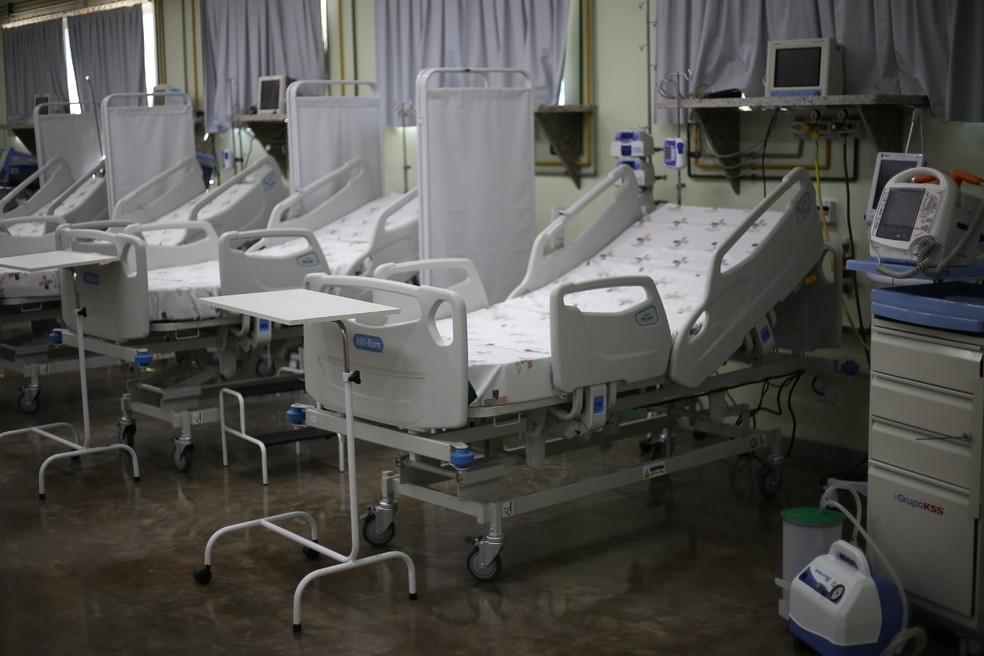RIO DE JANEIRO, BRAZIL – The monthly bed occupancy rate for Covid-19 in 52 private health plan carriers’ hospitals dropped to 57 percent in August 2020. The data were released yesterday, September 18th, in the National Supplementary Health Agency (ANS) Covid-19 Bulletin, which monitors assistance and economic-financial information of the sector during the pandemic.
The monthly bed occupancy rate includes infirmary and intensive care units (ICU) exclusively intended for the treatment of Covid-19. After peaking at 61 percent in May, the rate stood at 59 percent for the following two months.
Despite the demand for care caused by the pandemic, the overall bed occupancy rate since February has remained below that recorded last year. Considering the beds intended for all types of care, occupancy in April reached 51 percent, a difference of over 20 percentage points from the 72 percent recorded in April 2019. This gap has been decreasing since then, and reached seven percentage points in August, when bed occupancy stood at 65 percent in 2020, compared to 72 percent in 2019.

Another indicator where the difference was reduced compared to last year was the number of approvals issued for exams and treatments. In April, the number of authorizations dropped 63 percent compared to April 2019. The difference declined over the months and reached 12 percent in August.
The ANS also reports that July 2020 was the first month since March in which there was no drop in the number of beneficiaries of medical-hospital plans. The variation in relation to July was +0.1 percent, raising the number of beneficiaries to 46.8 million.
Elderly
Classified as a risk group for Covid-19, the elderly population was the only one to increase in beneficiaries in the three types of plan: individual or family (+0.79 percent), corporate collective (+1.05 percent), and collective membership (+0.59 percent). For the population up to 59 years of age, there was a drop in the number of beneficiaries in corporate collective and individual or family plans.
For the first time since the start of the pandemic, the balance released yesterday includes the demand for tests to diagnose Covid-19. According to the ANS, the number of RT-PCR tests increased from 13,999 in March to 124,376 in June.
The number of thoracic imaging exams, another diagnostic tool for the disease, was also analyzed. CT scans increased by 127.1 percent in May, compared to February 2020, and were up 51.7 percent in June, also compared to February.
Thoracic X-rays, on the other hand, have been reducing. In June, 57 percent fewer tests were performed than in February.
Hospitalizations
The average hospitalization for a patient with Covid-19 in intensive care units reached 12.7 days in August, at a cost of R$46,695. In July, the averages were 10.9 days and R$42,991.
The average hospitalization time was almost double that of surgery cases (6.1 days) and also exceeded other ICU clinical hospitalizations (7.2 days). With shorter durations, the average cost of these ICU stays was R$20,697 and R$22,543, respectively.
Source: Agência Brasil

